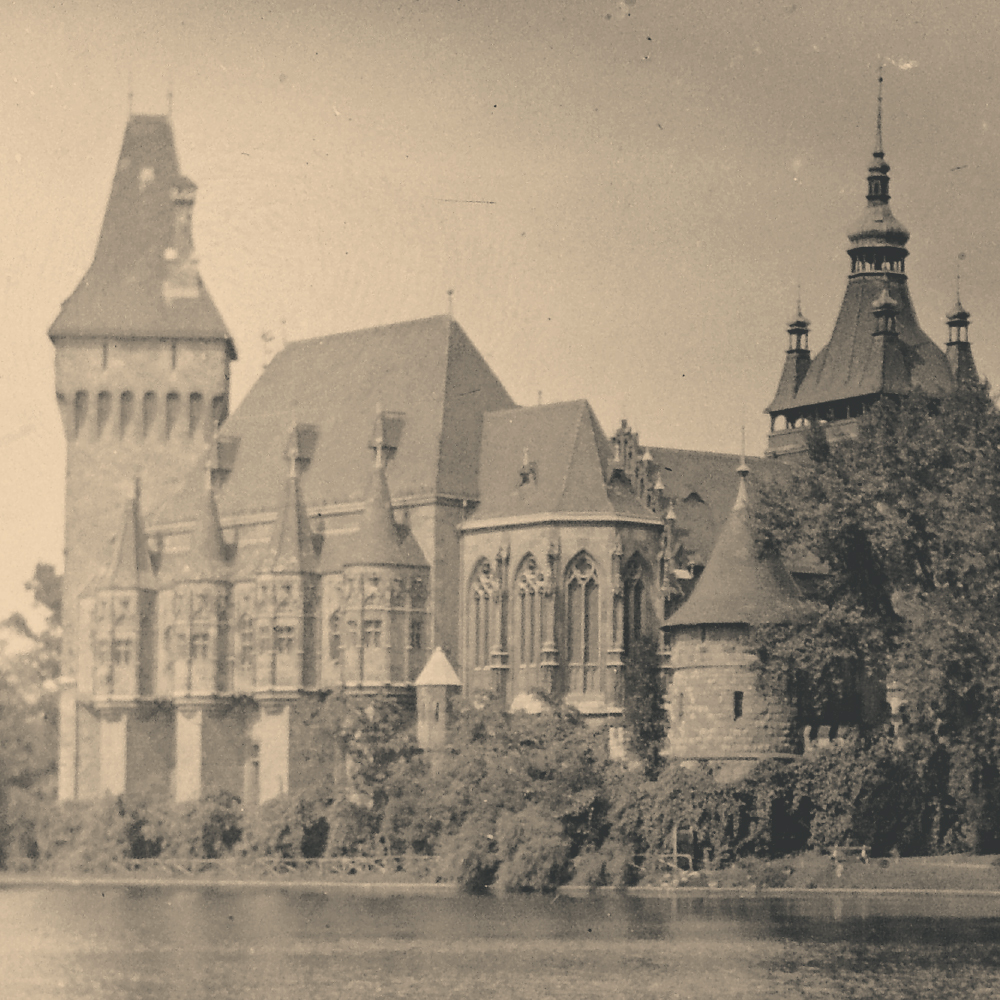
POP-UP
In 1896, a long series of events were held on the millennial anniversary of the Hungarian Conquest of the Carpathian Basin. Parliament ordered that these celebrations should be memorable so a Historic Building Complex was created by Ignác Alpár.
The building complex showcased different architectural styles of Hungarian history like Roman, Renaissance or he Baroque. The Gothic part was inspired by a castle in Vajdahunyad, Transylvania. It also had great sentimental and historical significance, being the castle of the famous Hunyadi family. This also explains why this building complex is called the Castle of Vajdahunyad by the citizens.
The building displayed particular details of other monuments, for example: the gate of the Church of Ják, the chapel of Pécs Cathedral, the Szapolyai-chapel of Szepescsütörtökhely, the crenellated houses of Lőcse and Besztercebánya, the tower of Catherine’s Gate, the balcony of the Town Hall in Bardejov, the gate of Alba Carolina Citadel, or different motifs from the Palace of Gödöllő. These significant architectural heritages were placed together in a four-building complex.
This special building had its grand opening on 1 May 1896 and received general success while becoming the main sensation of the Exhibition. Besides the visitors, the architect society admired the complex as well. However its wooden structure quickly began decaying (except in the Roman section), so the complex had to be demolished. By November 1899, the last remaining parts had been removed.
By popular demand, Alpár started reconstructing it in 1902 using more durable materials. After taking heavy damage in WW2, its renovation was only finished in 1990. One of Budapest’s most popular landmarks was declared a protected historical monument in 1991.











